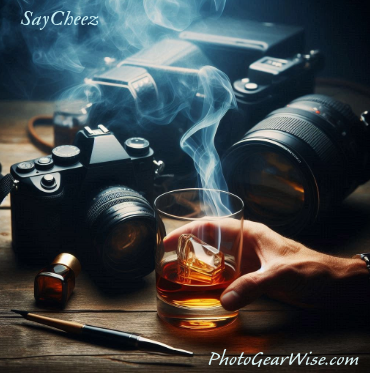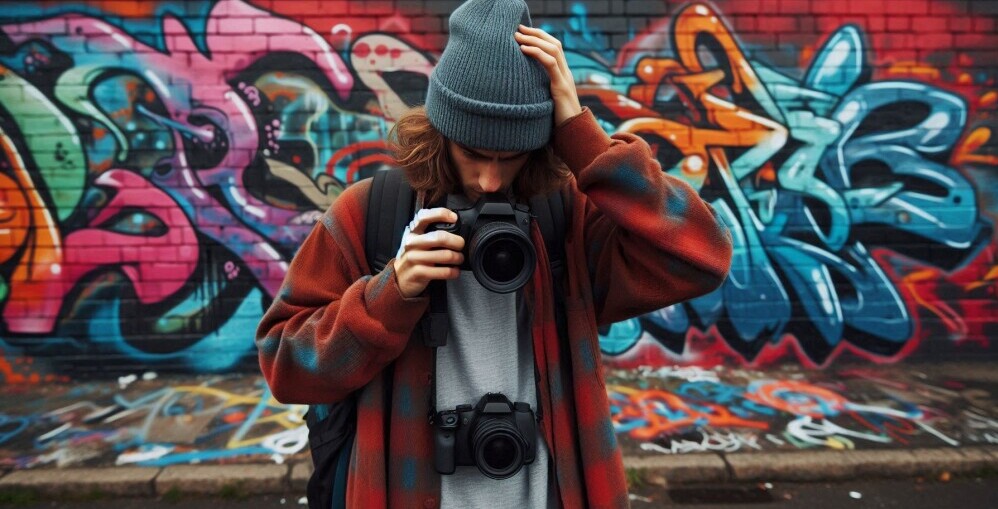
Jumping into photography can feel overwhelming with all the gear talk, but starting on the right foot is crucial. The right equipment makes a world of difference in your images and learning experience. It’s not about having the most expensive gear but the right gear for beginners.
Understanding the basics before making any purchase helps you avoid wasting money on unnecessary gadgets. You don’t need to buy out the whole camera store, trust me. Just a handful of essentials can kickstart your photography adventure in the best way possible.
In this guide, I’ll be answering some burning questions like: What should a beginner photographer buy? What essential gear do you need? How do you start photography as a hobby? By the end, you’ll have a clear idea of what’s what in the photography world and how to get going without breaking the bank.

Essential Camera Equipment for Beginners
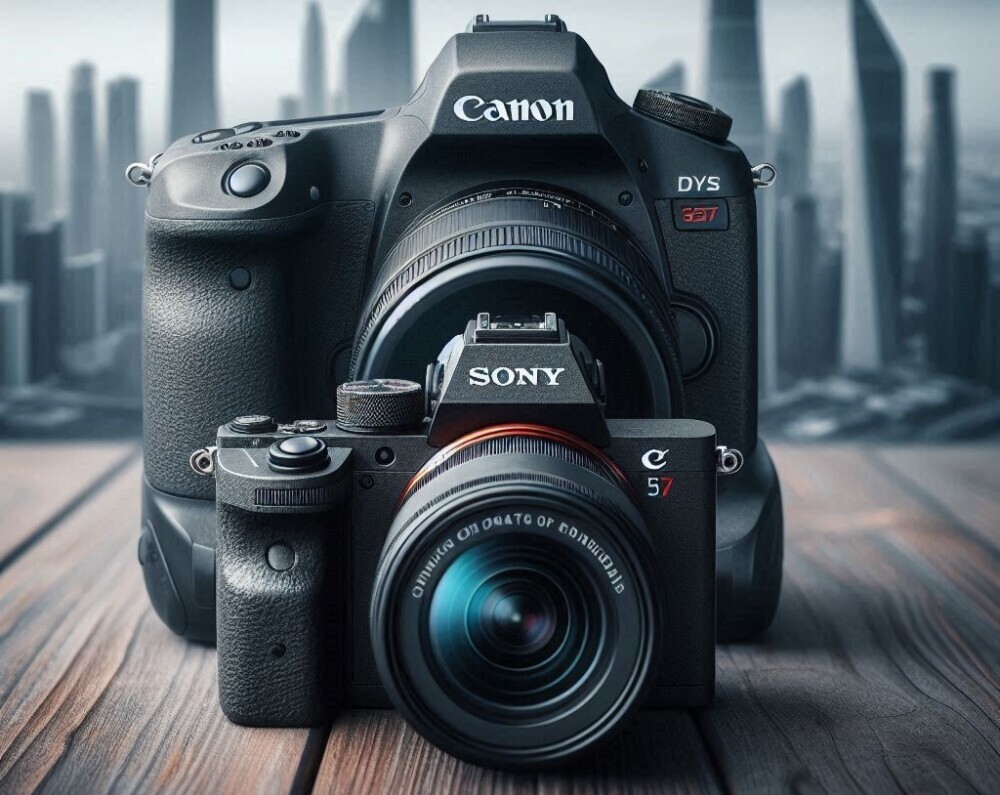
Diving into the world of photography starts with picking the right camera. With two main options, DSLR and mirrorless cameras, it’s important to understand their differences and how they fit your needs.
DSLR cameras have been around for a while. They’re known for robust build and great battery life. Plus, they have a massive range of lenses available. Beginners might find them slightly bulky, but they’re reliable workhorses.
Mirrorless cameras are the newer kids on the block. They’re compact and lightweight, making them more travel-friendly. Their viewfinders are electronic, meaning you’ll see a digital preview of your shot. This can be a game-changer for learning.
So what should a beginner buy? If budget is an issue, don’t stress. Entry-level models of both types deliver excellent quality without costing an arm and a leg. For DSLRs, check out models like the Canon Rebel T7 or Nikon D3500. For mirrorless options, the Sony Alpha a6000 and Fujifilm X-T200 are solid choices.
Deciding between new or used gear is also on the table. New gear comes with warranties and the latest features, but used gear can be much cheaper and still highly effective. Platforms like eBay or local camera shops often have pre-loved gems.
In the end, it’s about what feels right in your hands and fits your lifestyle. Whether you go DSLR or mirrorless, the key is starting with a camera that encourages you to shoot often and learn.
Key Lenses for New Photographers

Lenses are like the eyes of your camera, and picking the right one is crucial. Understanding the difference between prime and zoom lenses helps narrow down your options. Prime lenses have a fixed focal length—they don’t zoom. Zoom lenses, on the other hand, offer a range of focal lengths. For beginners, having a versatile zoom lens like an 18-55mm is a great start.
Choosing your first lens often boils down to what you plan to shoot. An 18-55mm kit lens is perfect for a bit of everything—landscapes, portraits, even some close-up work. If you’re more into portraits, a prime lens like a 50mm f/1.8, often nicknamed the ‘nifty fifty,’ is brilliant for beautiful background blur and low-light performance.
Quality matters more than quantity, especially starting out. Instead of splurging on multiple lenses, invest in one or two good-quality options. This doesn’t mean breaking the bank; there are plenty of budget-friendly lenses that deliver excellent results.
As you gain experience, you might want to explore other lenses depending on your interests. Wide-angle lenses for landscapes, macro lenses for ultra-close shots, or telephoto lenses for distant subjects might find their way into your kit. Your needs will evolve as your photography does, and that’s part of the fun journey!
Must-Have Accessories to Complement Your Gear
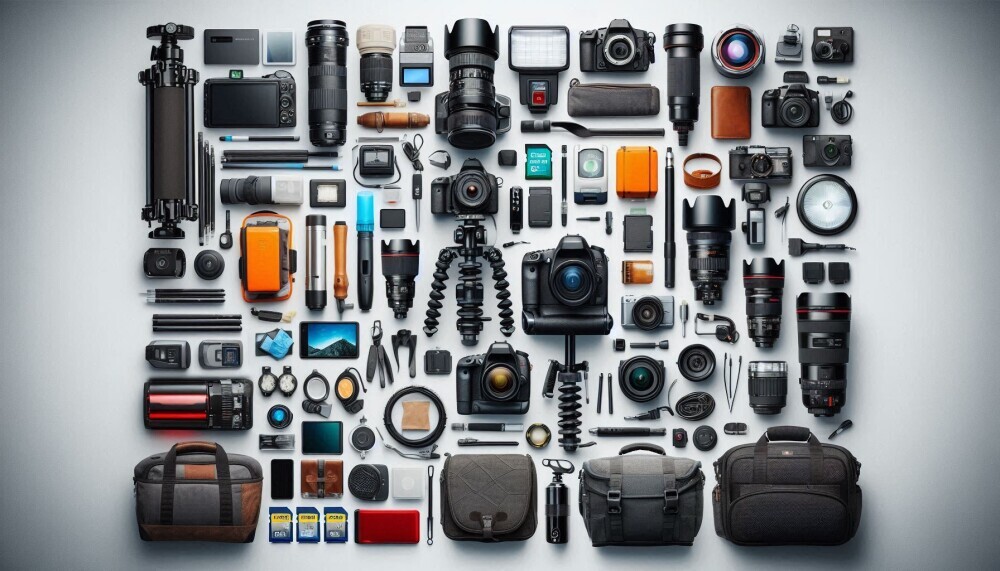
Great photos often rely on more than just a good camera and lens. The right accessories can enhance your shooting experience and help you get the shots you want.
A tripod is a must-have for anyone getting serious about photography. It offers stability for long-exposure shots, low-light conditions, and even group photos. Look for lightweight options like the Manfrotto Befree if you plan to travel often.
Memory cards are another essential item. Opt for cards with fast write speeds to ensure you don’t miss a shot. Brands like SanDisk and Lexar are reliable choices. While you’re at it, grab a card reader if your computer lacks a built-in slot.
Basic lighting gear can make a huge difference, especially if you’re shooting indoors or under challenging conditions. Simple options like a portable LED light or a basic reflector can help manipulate natural light to your advantage.
Keeping your gear clean is crucial. A simple cleaning kit with a blower, brush, and microfiber cloth helps maintain lens and sensor hygiene. Dust and smudges can ruin otherwise perfect shots.
Lastly, consider a good camera bag. It not only protects your gear but also makes it easier to carry around. Look for one with ample padding and organized compartments for all your equipment. Think about your usual shooting environments – shoulder bags, backpacks, and sling bags each offer different benefits.
The Role of Post-Processing: Software and Tools
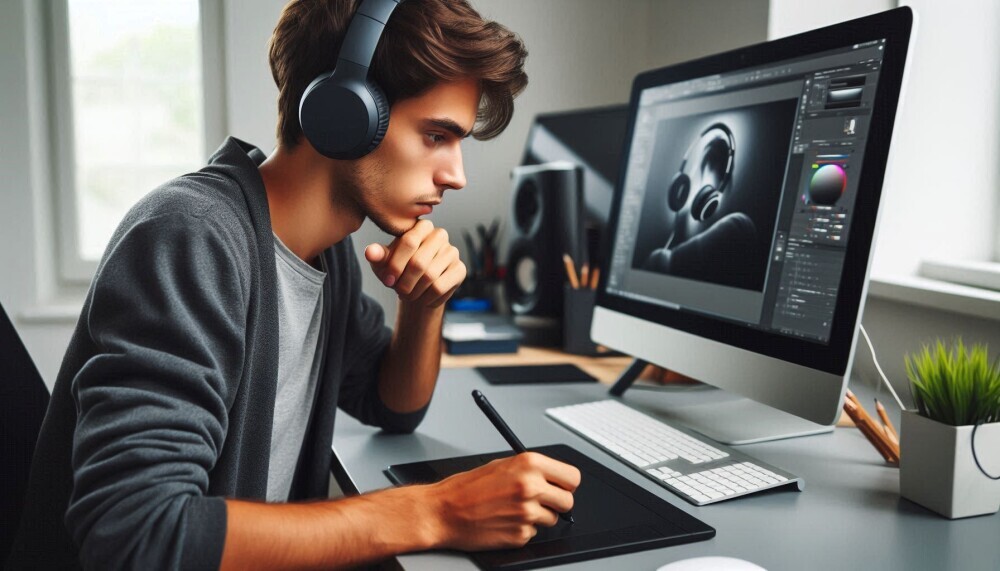
Snapping the photo is just the start; post-processing can elevate your images to a whole new level. Editing software helps you correct mistakes and enhance your photos’ overall look.
Adobe Lightroom and Photoshop are industry standards for a reason. They offer a wide range of editing tools, from simple adjustments like exposure and contrast to more complex tasks like retouching and layering. However, they come with a subscription fee.
If you’re not ready to invest in Adobe’s offerings, don’t worry. There are affordable or even free alternatives out there. Programs like GIMP and Darktable provide robust features without the costs associated with premium software.
Learning the basics of editing can seem daunting, but starting with simple adjustments goes a long way. Tweaking exposure, sharpening the image, and correcting colors can make your pictures pop. Many online tutorials and courses can guide you step-by-step through the process.
Editing isn’t about making a bad photo good; it’s about enhancing what you’ve captured. Spend time practicing and experimenting with different techniques. Editing helps you see your photos from a new perspective, refining your skills and showcasing your vision.
Building Your Photography Skills: Practical Tips and First Steps
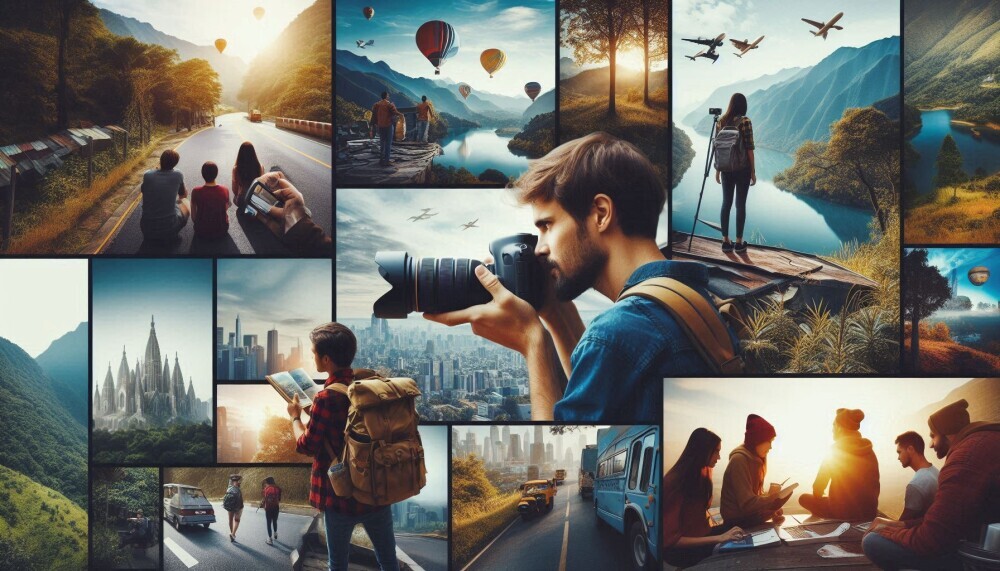
So, you’ve snagged your camera, lenses, and accessories – now what? Building your photography skills is all about practice and learning. The more you shoot, the better you become.
One of the best ways to start is by joining online photography communities or local clubs. Places like Instagram, Flickr, and Reddit have vibrant groups where you can share your work, get feedback, and learn from others. Connecting with fellow photographers not only provides inspiration but also valuable advice.
Taking a few online courses or workshops can also jumpstart your learning. Websites like Coursera, Udemy, and even YouTube offer countless tutorials ranging from beginner basics to advanced techniques. These courses can help you master your gear and get familiar with different photography styles.
Setting yourself challenges is another way to keep things fresh and exciting. Daily or weekly photo challenges force you out of your comfort zone and make you try new things. Whether it’s capturing a specific theme or just shooting a different subject each day, these challenges can significantly boost your creativity and skills.
Feedback is gold. Always seek critiques from more experienced photographers. Constructive criticism helps you understand your strengths and areas for improvement. Don’t take it personally; use it as a tool for growth.
Most importantly, have fun. Photography should be enjoyable. The more passion and curiosity you bring, the more you’ll get out of it.
